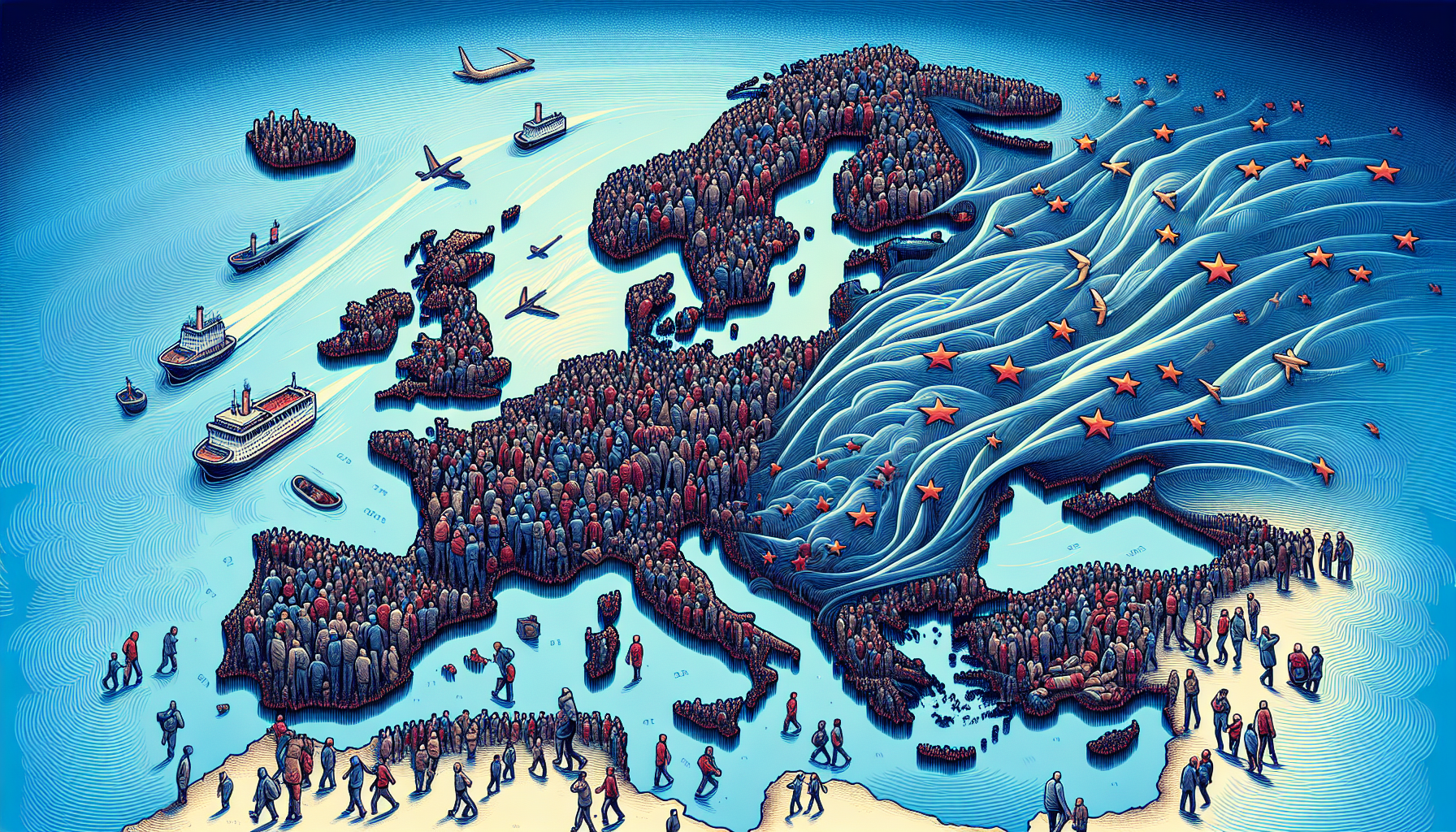In 2023, Europe has witnessed a prominent migratory phenomenon, with the arrival of 4.3 million people from countries outside the European Union (EU). This figure represents a 17.9% decrease compared to the previous year, when 5.3 million immigrants were recorded. It is important to note that this decline does not include asylum seekers and Ukrainian refugees who have been granted temporary protection in various countries within the European bloc. Additionally, around 1.5 million people moved within EU countries, maintaining a stable figure compared to 2022.
According to recent data from Eurostat, it is estimated that there are approximately 10 immigrants from non-EU countries per 1,000 residents in the bloc. This average highlights the disparities between Member States, where some face significantly higher immigration rates than others.
Malta has positioned itself as the country with the highest immigration rate, with 76 immigrants per 1,000 residents. It is followed by Cyprus with 43 immigrants and Luxembourg with 40. At the opposite end, Slovakia reported the lowest rate, with only 1 immigrant per 1,000 residents, followed by France with 6 and Italy with 7.
The analysis of migration reveals that, in most EU countries, the number of immigrants arriving from outside the bloc exceeds those coming from other Member States. However, there are exceptions to this trend: Luxembourg and Slovakia, where 85.7% and 57.5% of immigrants, respectively, come from other EU countries. On the other hand, the Czech Republic (89.2%), Lithuania (88.9%), and Ireland (87.2%) have the highest percentages of immigrants from countries outside the bloc.
This migratory scenario not only highlights the hosting capacity of European countries but also evidences the political and social tensions that may arise in the path towards adapting the region to varied and constantly changing migratory flows. Differences in immigration rates may reflect diverse migration policies, local economic conditions, and public perception towards migration in each nation.
Source: MiMub in Spanish











